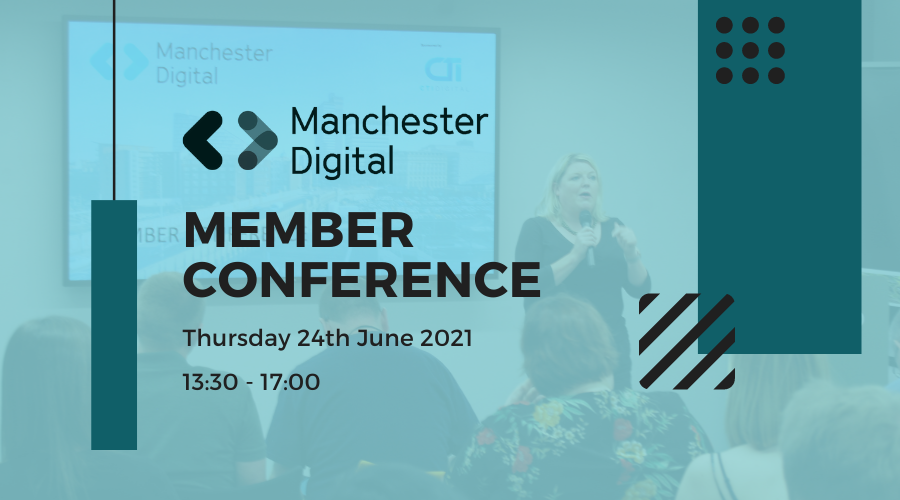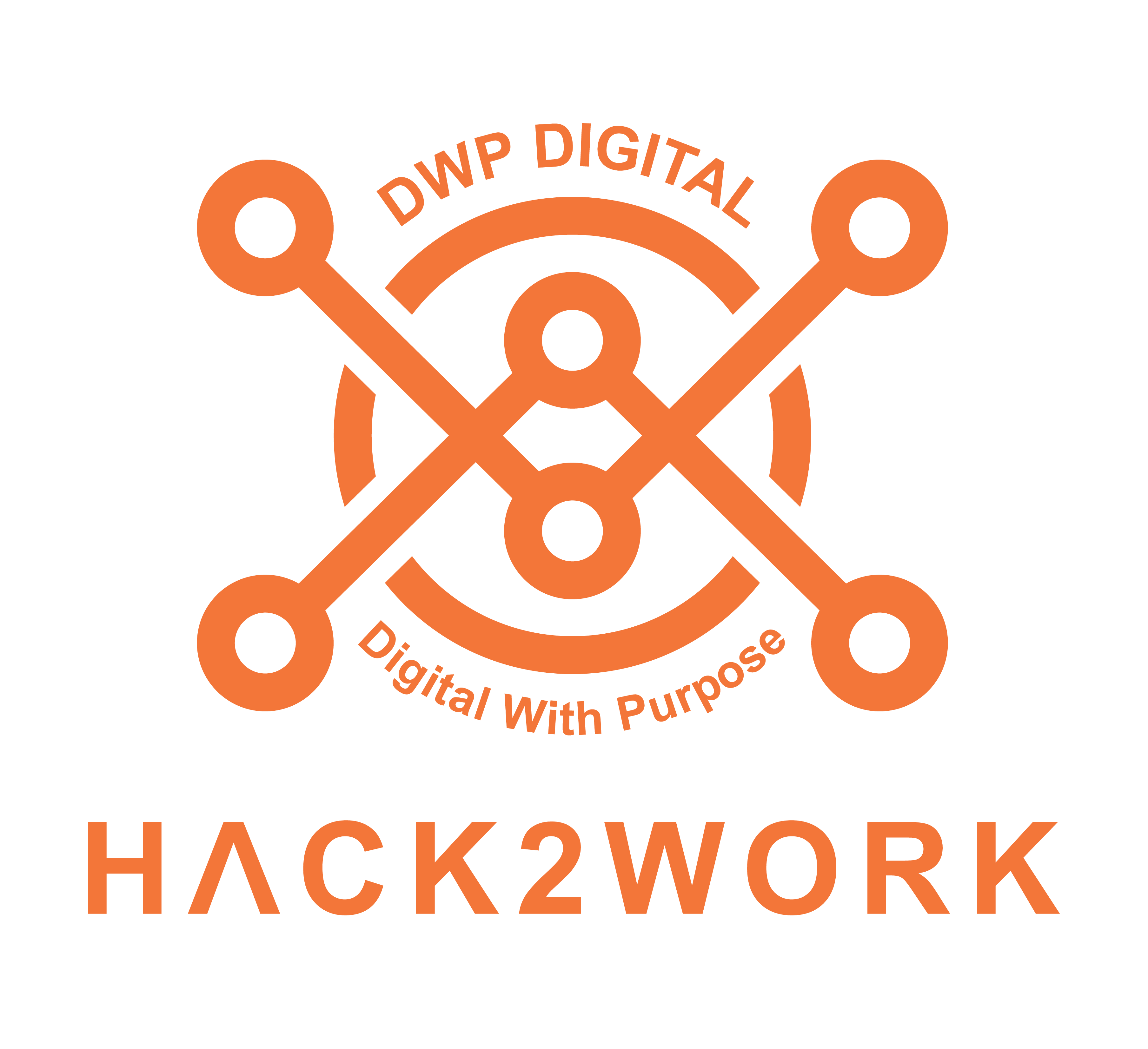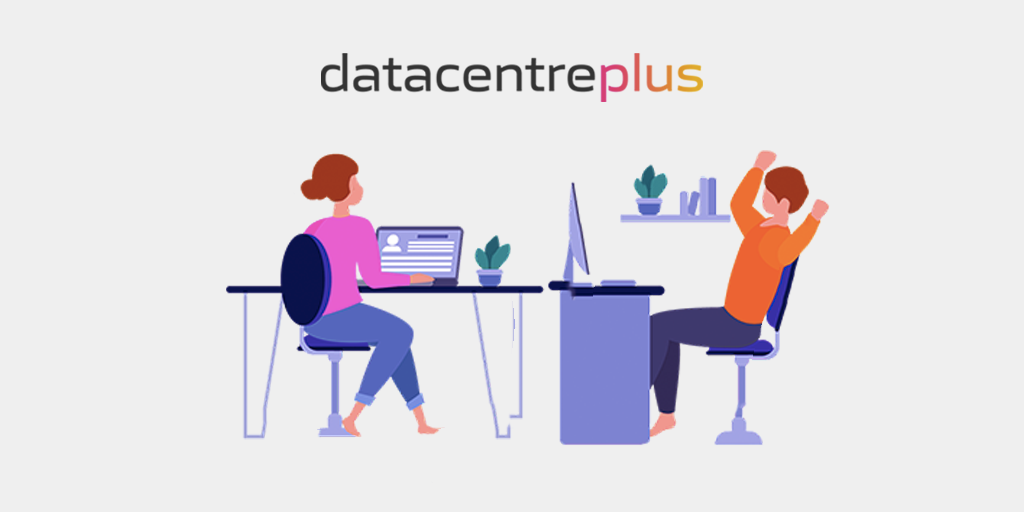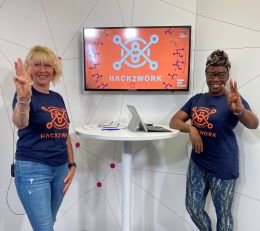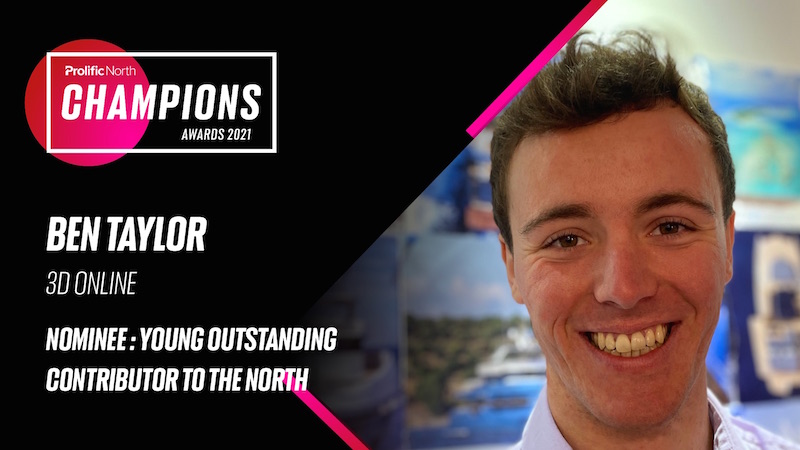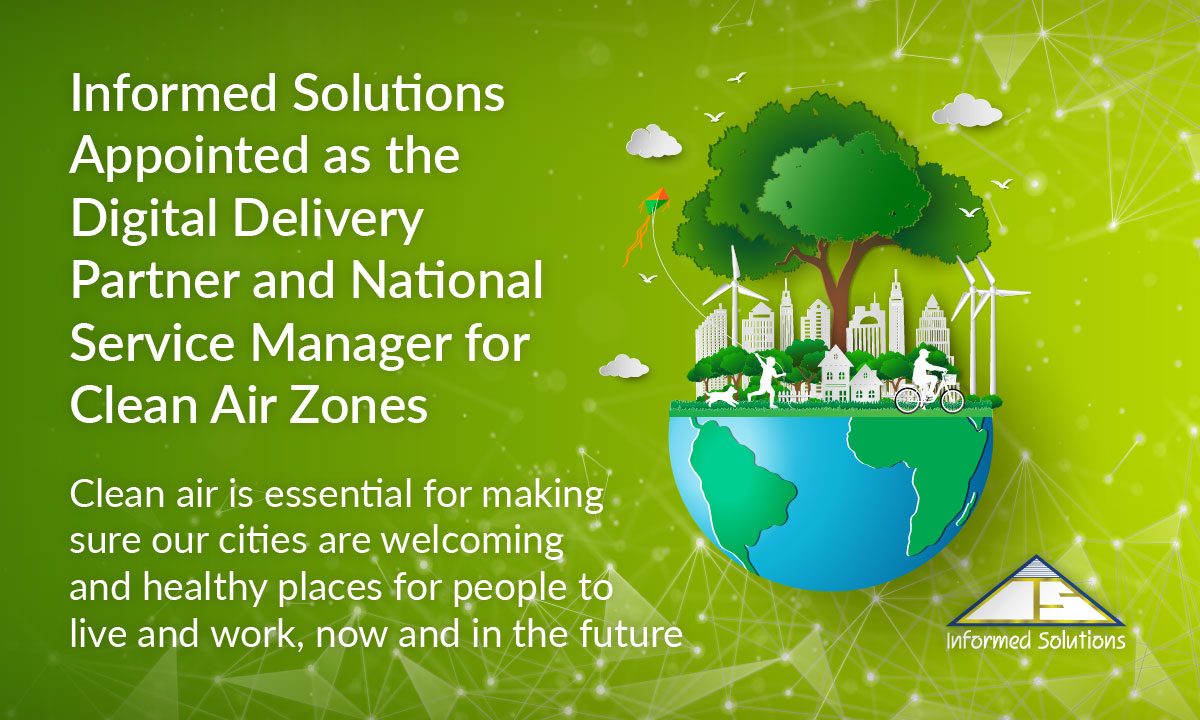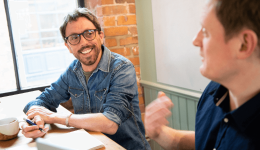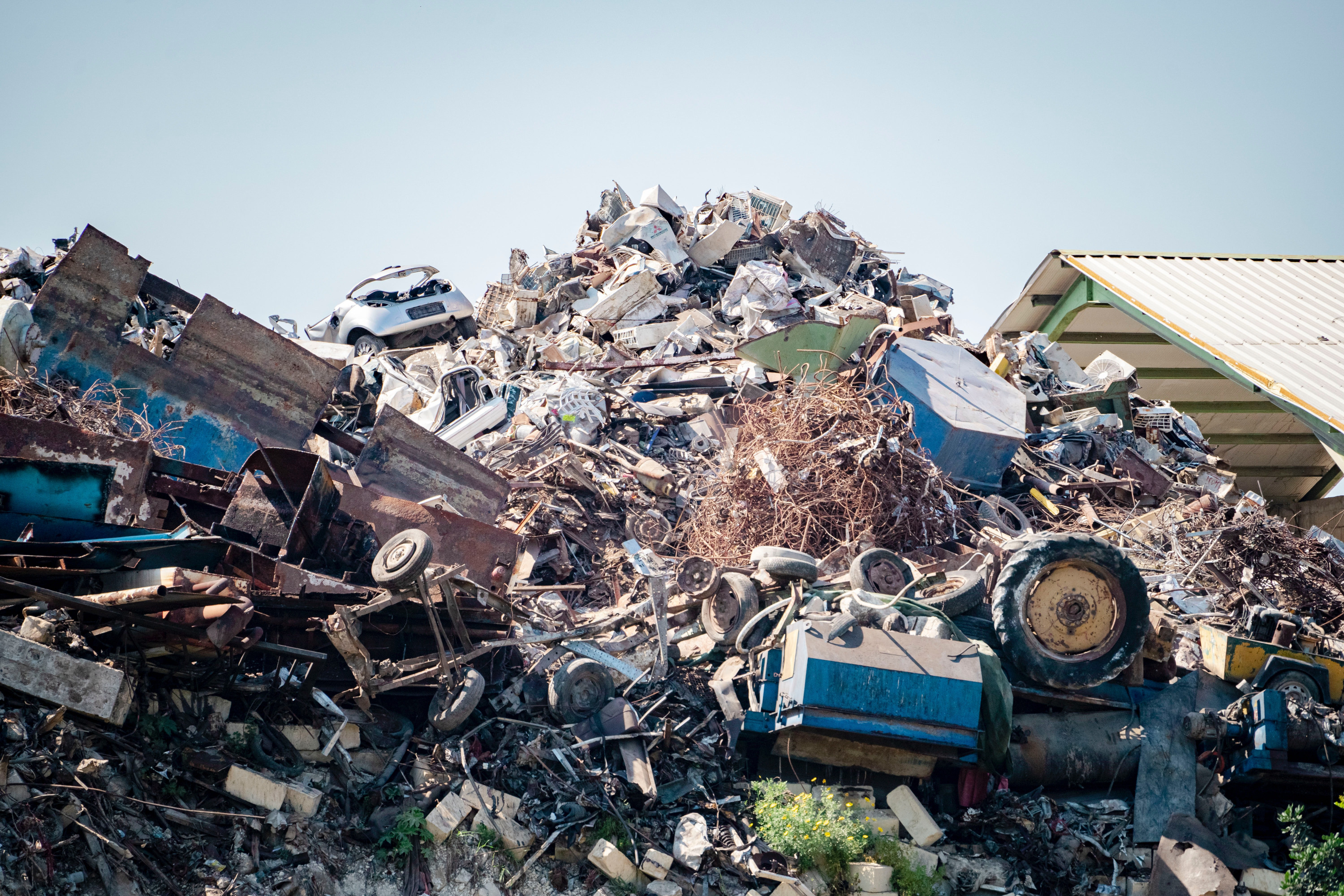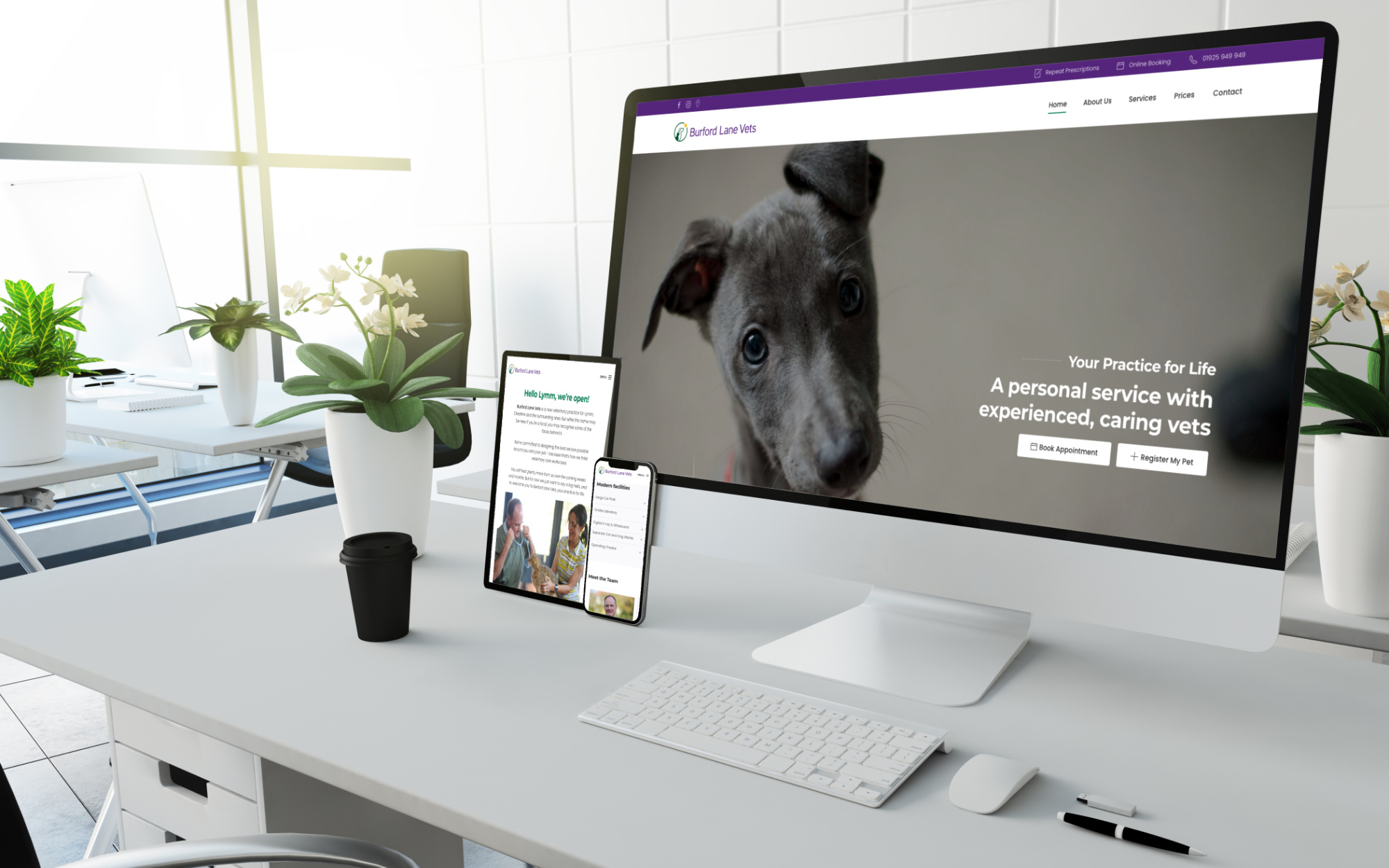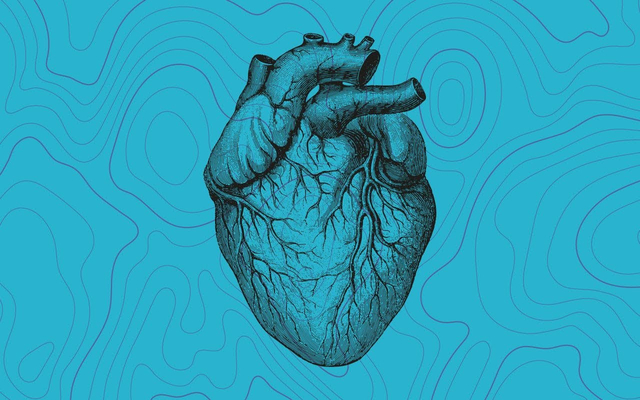
As designers, there is always a temptation to design products, spaces, experiences or branding that we would want ourselves and our peers will respect us for. This approach can often lead to beautifully designed solutions that brilliantly solve the wrong problem. The result is a product that has an initial wow factor, but totally misses the mark when it comes to solving the real underlying issues that need to be addressed. Consumers rush to engage or adopt the newly created piece of eye candy, only to be left disappointed or underwhelmed by the dream they were sold. The inevitable backlash from any bad design is often very expensive and sometimes catastrophic and underlines the maxim that bad design is significantly more expensive than good design.
Design is not cosmetic.
Because we often as the saying goes ‘judge a book by its cover’, there is a huge emphasis on how things look. I agree the perception of a product is often dictated by its appearance and needs to be controlled carefully. But in terms of design, this should be one of the last things to be addressed. I really don’t see what we currently know as ‘design’, as a form of art, it is better described as a blend of science, engineering, strategy and psychology. These hidden qualities, believed to be around 99% of the process, remain invisible to the end-user as they discreetly go about their job of making things better. This leaves only the 1% cosmetic veneer visible for people to recognise and revere (or not) as ‘design’. Design is the recipe so much more than it is the cake.
Good design often starts with a problem, that when challenged, turns out not to be the problem at all. What the client often presents as the problem is often the result of lots of smaller, but usually more important problems, that all come together to form a bad experience. Design is often seen as a band-aid that can be quickly applied to stop a business from fatally bleeding out, when really it is a structural solution that needs to be applied to every corner of a business. It should be evident in everything you do from the way your product performs, to the way you answer the phones. There is no point slapping expensive lipstick on a pig, especially if your intended audience doesn’t like bacon. The process has to start with insight gained from knowledge, data and experience to establish who we are designing for, and what their individual personas are. You have to challenge what you believe you know, and question everything and everyone you can, related to the problem. What are the barriers, pinch-points and frustrations? What causes friction, not just for the end-user but for those involved in delivering the solution?
“The goal of a designer is to listen, observe, understand, sympathise, empathise, synthesise, and glean insights that enable him or her to make the invisible visible.
Branding and aesthetics are the clothes that the experience wears and are equally as important as the functionality, usability and disposability of the product or service you are delivering. They also need to be aligned with the desires of the end-user and resonate visually with the key audiences. When it comes to designing and branding experiences we use our ‘Brand Labs’. These powerful tools are a range of tailored design sprints to access this insight and develop a deep understanding of what real problems we should be solving, and their role in the wider solution. Once this is established only then can you start to form a pathway to a solution.
The power of ‘What if…?’
If we are brave enough to ask questions that might potentially seem ridiculous because they reach far beyond what we currently know to be possible, we can create a waterfall of innovations.
For example:
What if they could carry a million songs in their pocket?
What if they could pay for things without cash?
What if they could reuse space rockets?
What if they could let the car drive itself?
What if they could send data through the phone line?
What if they could eat meat, without eating an animal?
What if they could search the entire internet instantly?
What if they could carry a telephone everywhere they go?
What if they could literally walk on air?
What if they could use their voice to control the device?
“‘We spend a lot of time designing the bridge, but not enough time thinking about the people who are crossing it.’
Design is no longer simply about the big idea.
Great design is the ability to blend hundreds of smaller, yet equally important innovations together into a chain of events that result in an amazing user experience. It should simplify and enhance the user journey, seamlessly gluing everything together and never getting in the way. However, without putting the end-user's needs at the centre of this process, it would be very hard to develop a solution that was highly effective. The key is to consider the user's needs at every touch-point or interaction with the brand, across the whole experience. We then try to make each encounter as frictionless and satisfying as possible. By understanding their desired outcomes for every step of the journey can we set about exceeding those expectations, creating an experience they would happily repeat, and even better, endorse.
I believe all design should be human-centred, and by harnessing the power of people, design might just help us save the world. After all, most of the biggest innovations and business leaps of the last century have started with somebody saying ‘But what if they could…’.
